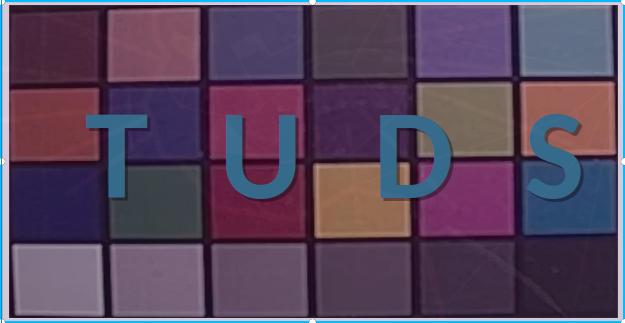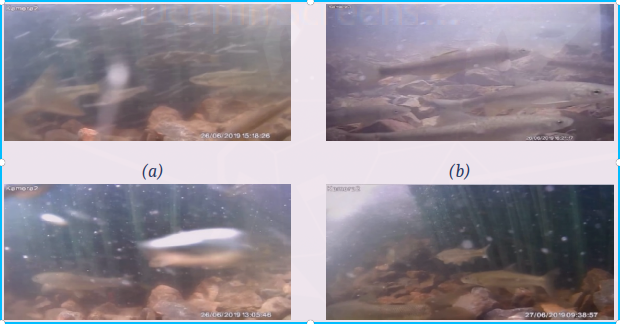Istanbul Technical University
Signal Processing for Computational Intelligence Group
Turbidity Underwater Dataset

Motivation
Within the scope of the experimental study, an experimental system similar to the underwater natural environment was designed in order to provide one-to-one conditions of the underwater environment image and to create a controlled data set, and the necessary preparations and materials were supplied and the necessary data set was obtained by establishing the system. For varying conditions of underwater turbidity, clay, etc., which can provide the ambient conditions exactly. Variability conditions were provided with different materials, controlled measurements were obtained by changing the turbidity levels in the underwater environment with sample samples with different turbidity levels. By examining the direct and indirect factors affecting underwater environment conditions as a result of the variability, the results of the turbidity level on the object detection in the underwater environment are tried to be drawn. In the experimental study carried out under a controlled turbid underwater environment, data were obtained with a large number of video recordings, and a data set was obtained with the variability of turbidity levels at the same time.
Description
In order to prepare an original data set, video images obtained from the cameras installed in the vertical slot fish pass at Çataloluk HEPP located in Tekir Stream of Kahramanmaraş Ceyhan Basin were used. DS models were compared on the image data set created from the videos. While preparing the data set, images containing very difficult environments in terms of object detection were collected.
An image data set was created by randomly selecting 400 video frames from 53 videos of 5 minutes each taken from Camera 2 and Camera 3 at different times and in 2 different exposures.

In order to prepare an original data set, video images obtained from the cameras installed in the vertical slot fish pass at Çataloluk HEPP located in Tekir Stream of Kahramanmaraş Ceyhan Basin were used. DS models were compared on the image data set created from the videos. While preparing the data set, images containing very difficult environments in terms of object detection were collected.
Citation
The authors would appreciate if you could cite their work if you use our dataset.
Tansel Akgül, N. Calık, B. U. Töreyin,
"Deep Learning-Based Fish Detection in Turbid Underwater Images", SIU,
Gaziantep, Turkey, 2020.
You can also check the paper presented at the 28th IEEE Conference on Signal Processing and Communications Applications (SIU), Gaziantep/Turkey.
If you would like to use this dataset, please fill this form and we will reply with the instructions.